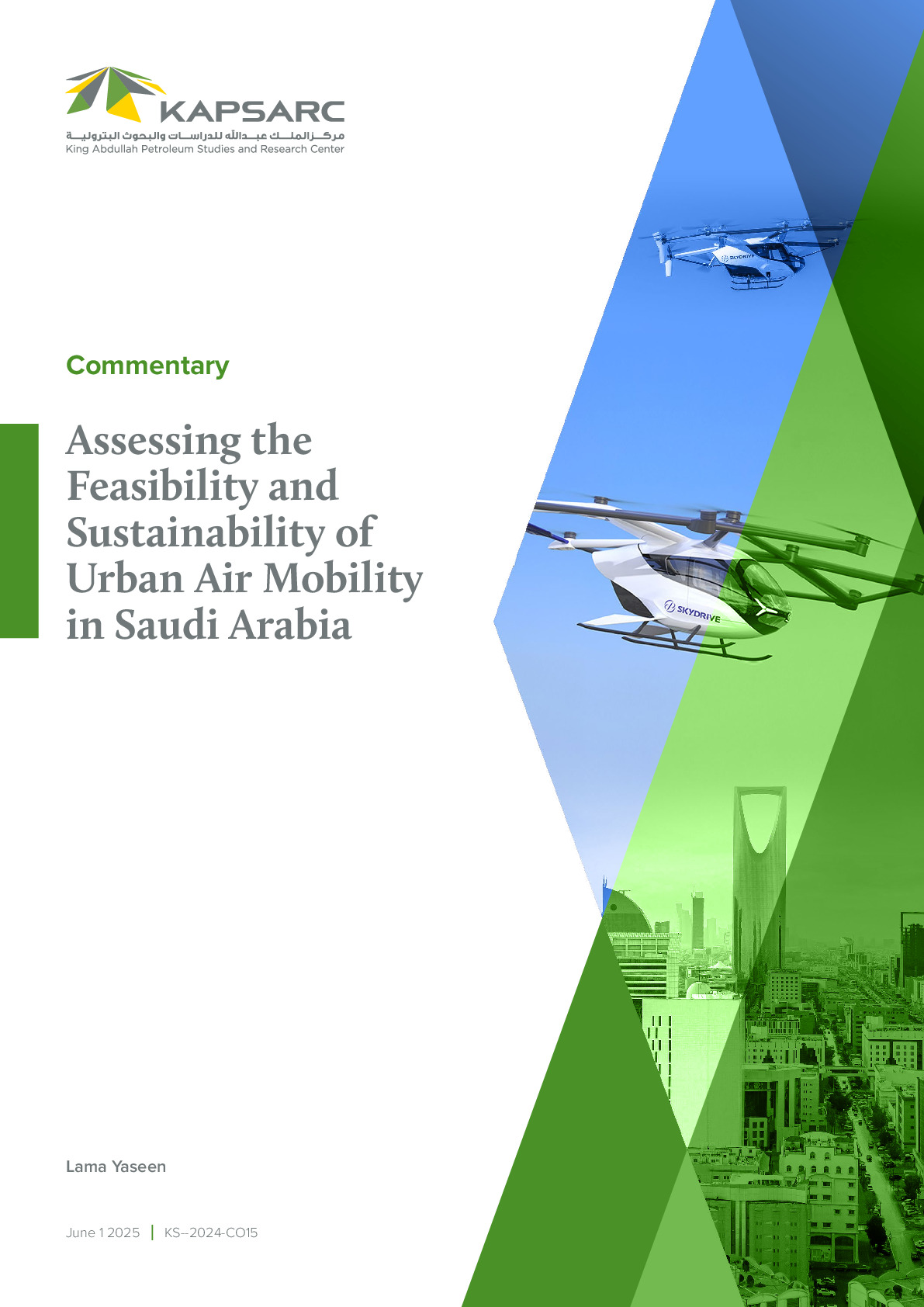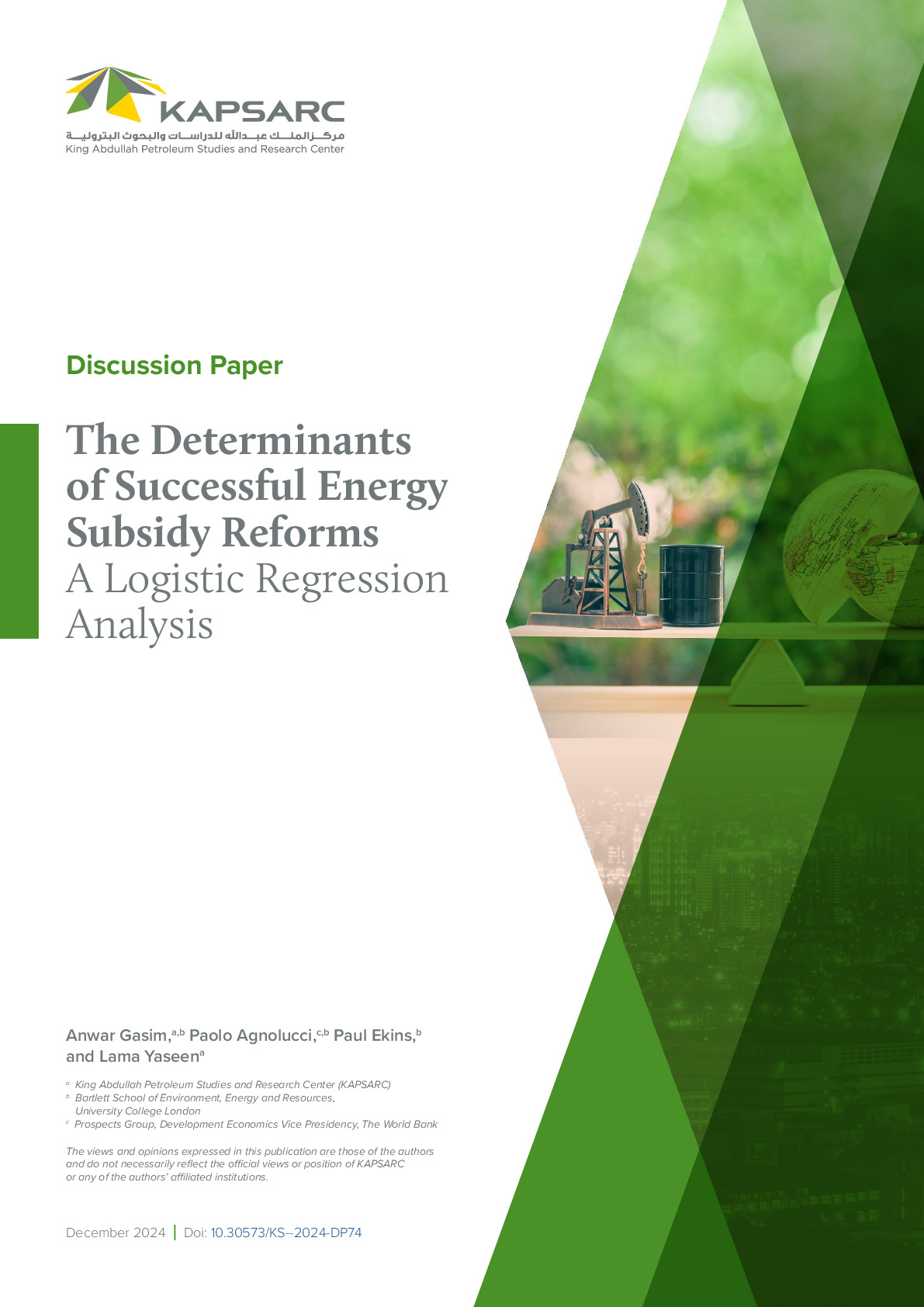Urban air taxis promise a revolution in transportation. However, the question of their immediate feasibility demands a complex answer, requiring a balance of technical capabilities, cost-effectiveness, operational efficiency, regulatory hurdles, and public acceptance. Urban air mobility (UAM) has emerged as a potential solution to alleviate growing traffic congestion and the inefficiencies of traditional ground transportation in urban environments. Defined as the use of small, highly automated aircraft for passenger and cargo transportation at lower altitudes within urban and suburban areas, UAM encompasses various technologies such as vertical take-off and landing (VTOL), electric VTOL (eVTOL), and unmanned aerial vehicles (UAVs) or drones.

Fellow- Transportation & Infrastructure
Lama is a fellow working under the Transportation and Infrastructure Content Center. Lama has a B.Sc. degree in computer science…
Lama is a fellow working under the Transportation and Infrastructure Content Center. Lama has a B.Sc. degree in computer science from Effat University and an M.Sc. degree in software engineering from the University of Oxford. Lama is a programmer, data modeler and software engineer working in data modeling and software integration. She is also part of the Geographical Information Systems (GIS) team, working in spatial analytics and modeling. Lama was also one of the main contributors to the KAPSARC Toolkit for Behavioral Analysis (KTAB).
Expertise
- Energy Sustainability and Social Science
Publications See all Lama Yaseen’s publications

Assessing the Feasibility and Sustainability of Urban Air Mobility in Saudi Arabia
Urban air taxis promise a revolution in transportation. However, the question of their immediate feasibility…
2nd June 2025
The Determinants of Successful Energy Subsidy Reforms: A Logistic Regression Analysis
Urban air taxis promise a revolution in transportation. However, the question of their immediate feasibility…
29th December 2024